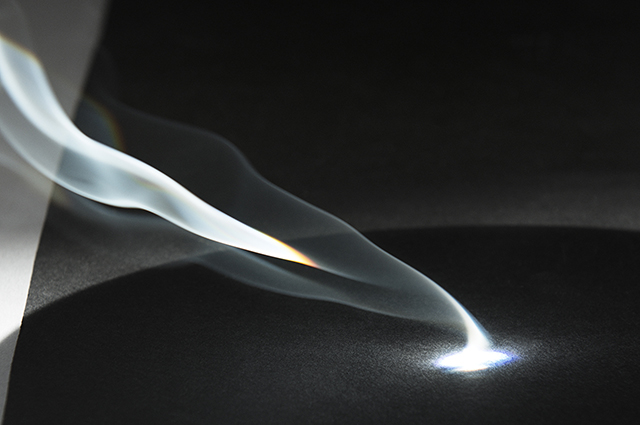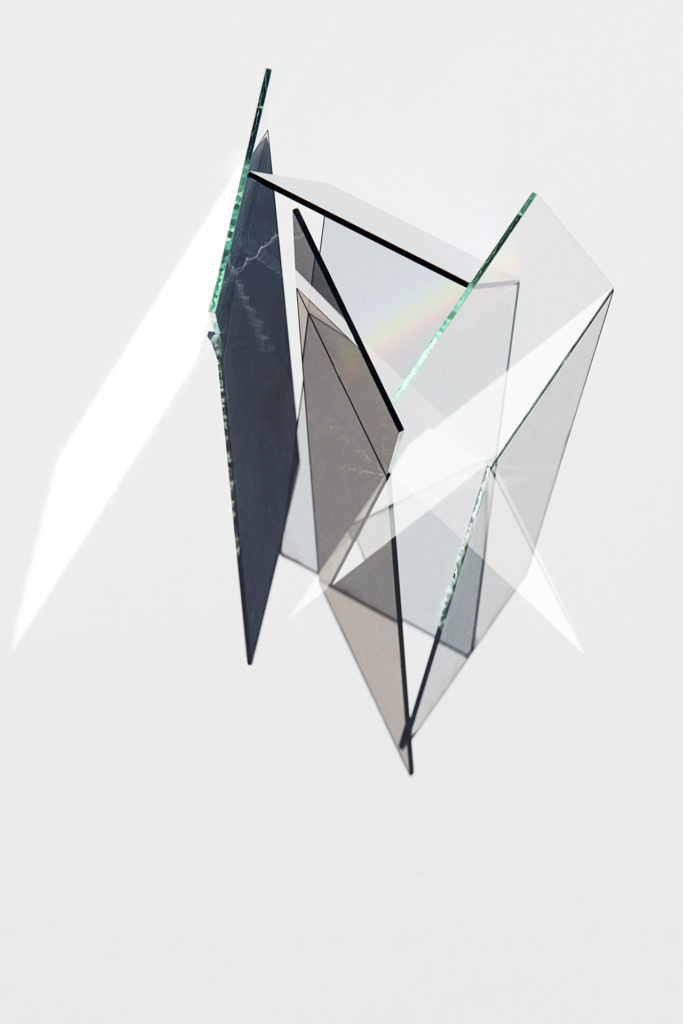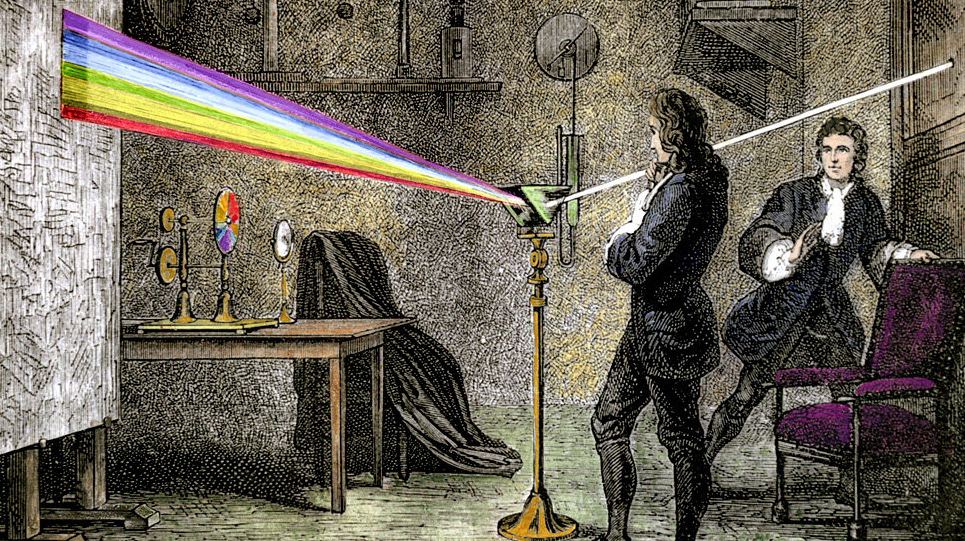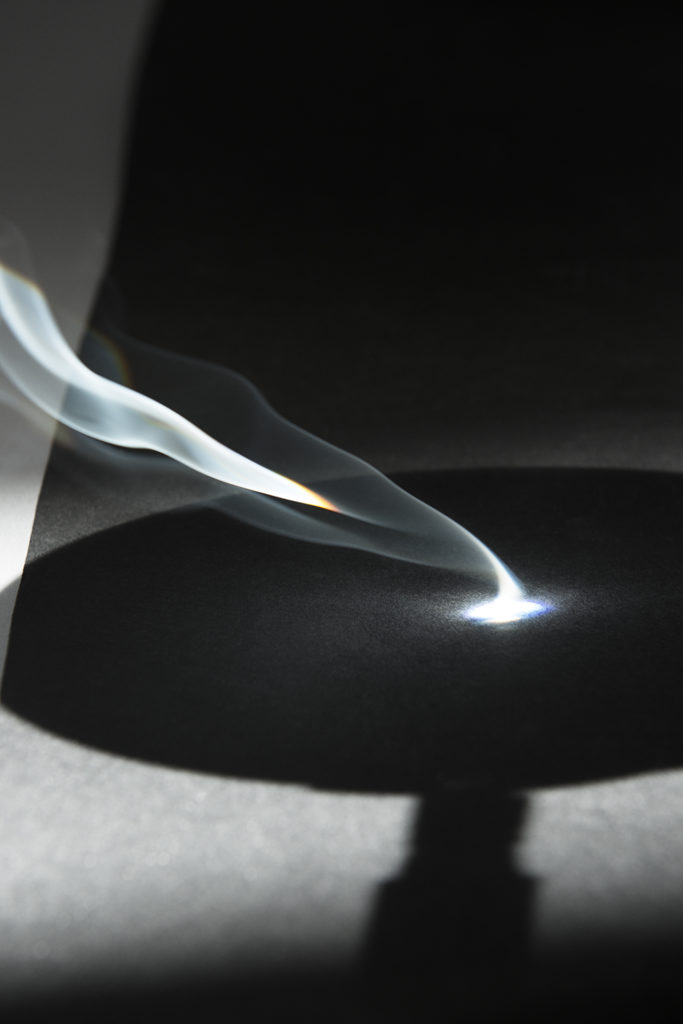
by Jakob Schoof | Photography by Ola Bergengren | Set design by Iwa Herdensjö
It was around 1665 that Isaac Newton, then still a young student at Cambridge University, performed his first experiments with glass prisms and the sunlight entering his studio. Through his observations, he found not only that white is the sum of all colours, but also that a ray of white light can be broken down into its constituent components. Many natural phenomena, from the rainbow to the fact that a cloudless sky appears blue, can be explained by the fact that light is refracted when it crosses the boundary between two different substances.
300 years after Newton’s discoveries, a new wave of fascinating research has arisen, one that investigates the effects of light crossing the boundary of the human body. Once again, the intensity and spectral composition of light play a crucial role in this emerging research. As Deborah Burnett explains in her article in this magazine, only the full-spectrum light of the sun provides our bodies with the information that initiates and controls all life functions necessary for our survival. When photographer Ola Bergengren set out to perform the experiments shown on the photographs overleaf, it was impossible to produce a full spectrum of colours with artificial light. Only sunlight would do the trick. Hence these simple experiments also indicate in their own way just how irreplaceable natural light is in our lives.
 |
 |
What if buildings focused our attention on these natural phenomena to a much greater extent? What if architecture became a ‘perception tool’ that allowed us not just to study the nature of light, but also the effects that it has on ourselves? Understood in this way, architecture can contribute not only to a greater appreciation of nature and its magic, but also to a higher level of awareness of the conditions of our own life on Planet Earth.
This article is featured in D/A magazine #26, for more information visit DA.VELUX.com.





